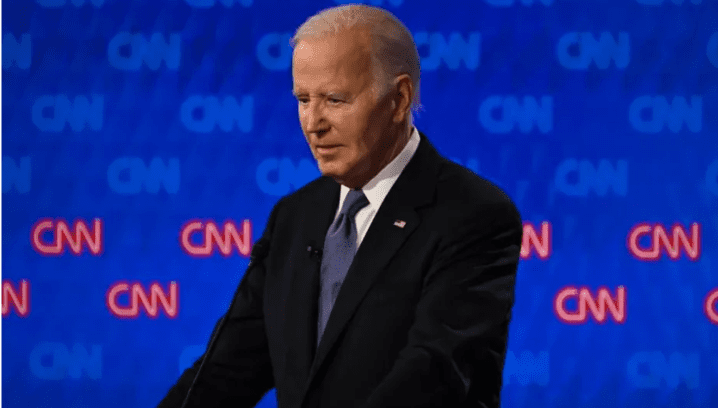
Use of AI is certainly the hottest topic in the tech industry and every major and minor player in this industry is using AI in some way. Tools like ChatGPT can help you do a wide range of task and even help you generate images. The other thing is - Voice Cloning. OpenAI recently introduced a voice engine that can generate clone of your voice with just 15 seconds of your audio. There is no shortage of voice cloning tools on the web which can help you do the same. The newest tech giant which is going to use AI to clone your voice is - TikTok.
We all know TikTok, posting short videos with filters, effects and all other kind of things. So TikTok found a way to use the voice cloning AI in its app. TikTok is working on this feature, which does not seem to really have a proper name, it just references it as "Create your voice with AI" and "TikTok Voice Library". In the latest version of TikTok I came across some strings which indicates that TikTok is working on it. I was also able to access the initial UI which introduces the feature and was able to see the terms and condition of "TikTok Voice Library" which user have to accept in order to use the feature. Here are the screenshots from the app-
As you can in the screenshot above, this is the initial screen which a user will see for the first time they access this feature. Tiktok claims that it can create an AI verison of your voice in just 10 seconds. The generated AI voice clone can be used with text-to-speech in TikTok videos. It also outline the process of how it will work. You have to record yourself speaking and TikTok will process the voice and use information about your voice to generate your AI voice. When it comes to privacy, your AI voice will stay private and you can delete it anytime. Tapping the "Continue" button brings "TikTok Voice Library Terms" screen which a user should definitely read, you can see here and read as well -
How it will work
After agreeing to terms and conditions I was introduced with a screen where TikTok will show some text and user have to press the record button while reading the text. Now unfortunately I did not see any text. This is probably because the feature is not fully ready or the backend from which it fetches the text is not live yet. Manually pressing the record button and saying random things also shows an error. So, it's also not possible to provide any sample voice generated with it and see how it compares to other voice cloning competitors. If it starts working someday, it will process your recorded voice and generate AI version of your voice. Here is a screenshot of that screen -
My guess is that whenever the feature starts working, users have to clone voice only one time and the saved AI voice can be used through the text-to-speech method to add voice in your videos. You just have to type the words, choice is yours :p




